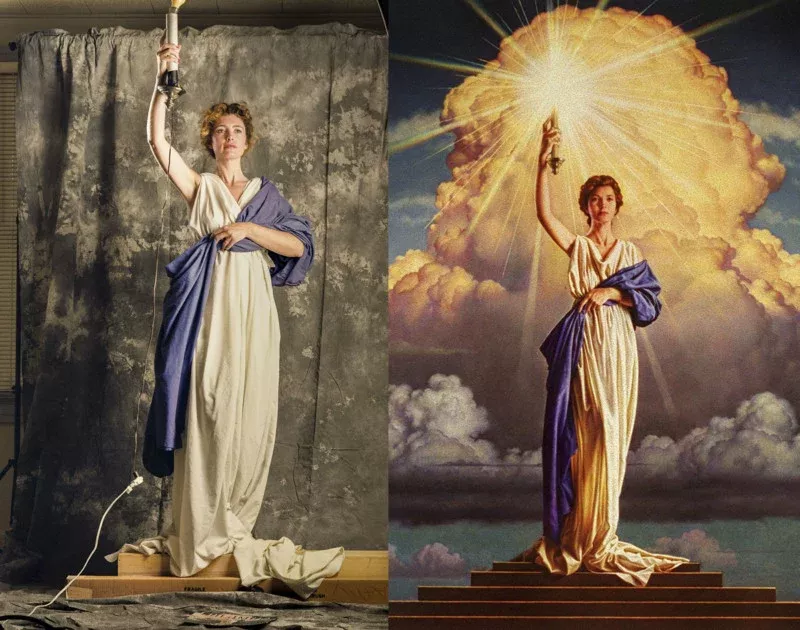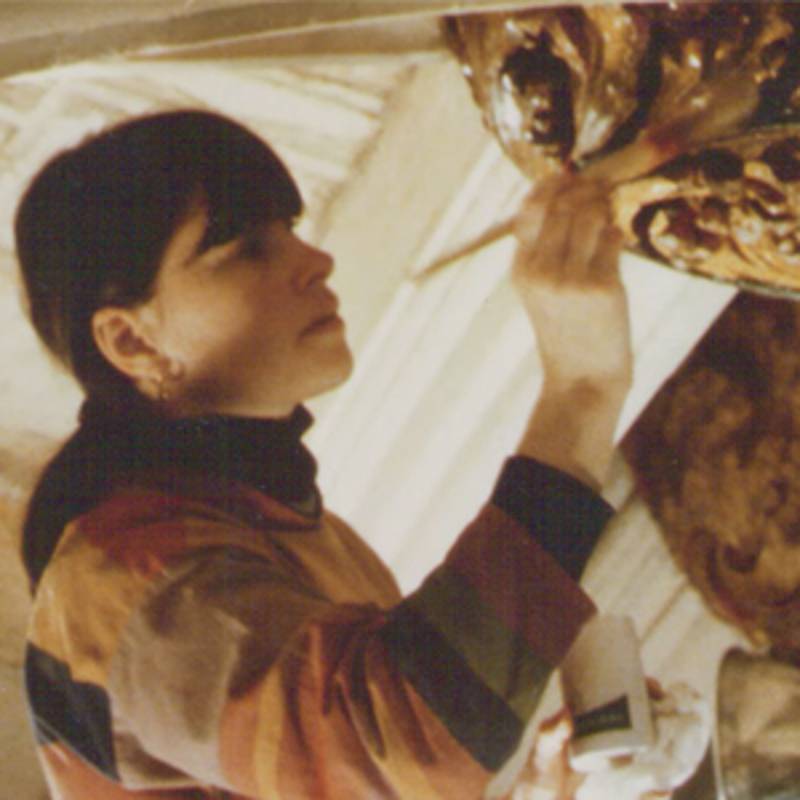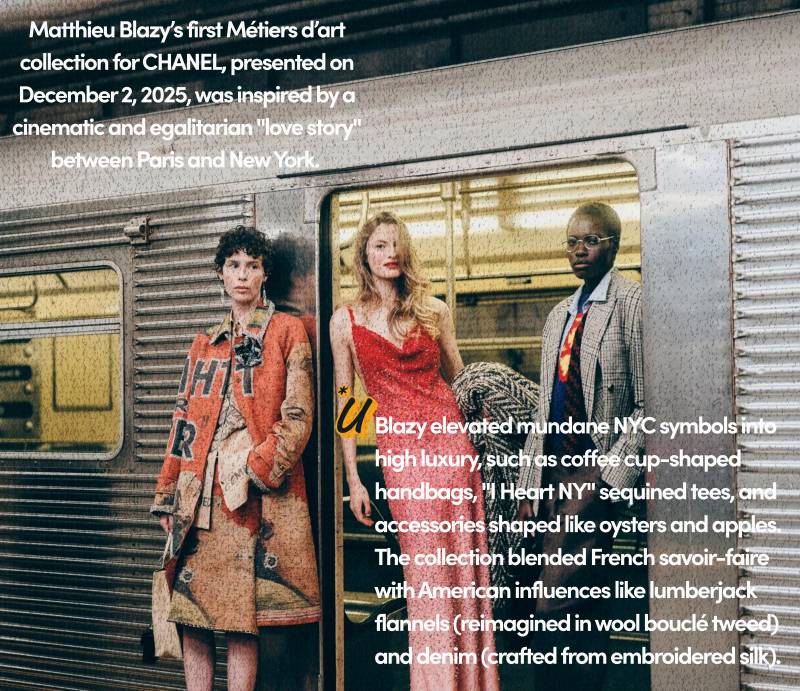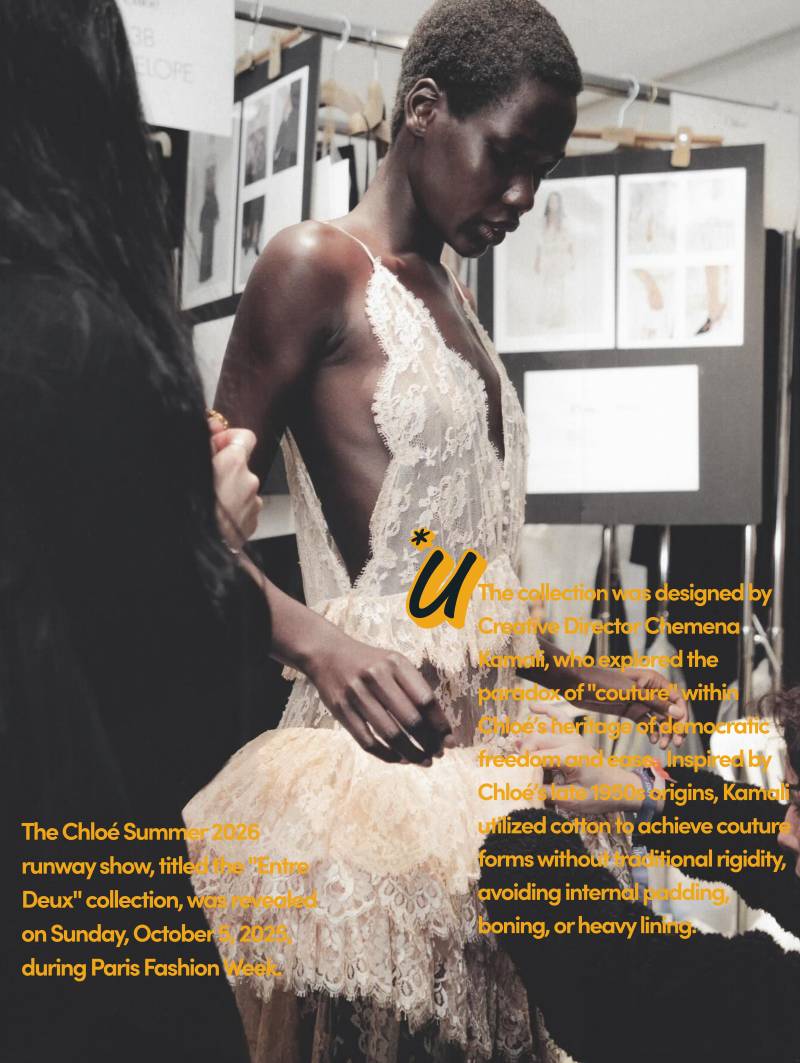In 1991, Pulitzer Prize-winning New Orleans photographer Kathy Anderson created the iconic
emblem of the lady holding the torch that now appears at the start of every Columbia Pictures film.
Although the final form is a painting, few people are aware that it was inspired by an image of the photographer's colleague taken during a portrait shoot in a confined room with very basic props.
The Backstory of the Photo Shoot
Anderson's buddy, the talented designer Michael J. Deas, who has drawn 16 commemorative stamps for the United States Postal Service, asked the photographer to take a reference photo for a painting. At the time, she had no idea how iconic the artwork would eventually become.
“My penchant for the large softbox light modifiers [a Chimera softbox on Dynalite strobes] proved perfect for the assignment.”
At the time, Anderson worked at the New Orleans newspaper The Times-Picayune. Deas needed a model to pose for the torch lady, and he decided to ask the photographer’s coworker at the paper, Jenny Joseph, to model.
Deas arrived on the day of the shoot with a box of warm croissants from his favorite French Quarter baker, as well as a collection of props that he had imagined would work nicely for the reference photograph. There were sheets, cloth, a flag, and a small lamp with a light bulb protruding from the top — a torch-like lamp.
Simple Props in an Apartment Studio
"I set up a mottled gray backdrop after moving my dining room table out of the way and turned the living room into a studio." To allow the cloth to drape, I placed a couple of boxes on the floor. To begin, I placed a Polaroid back on the Hasselblad camera and took some test images."
Jenny requested if she might sit down for a minute during the shot, according to the photographer. "I took one sat shot of her, which is possibly my favorite image from the shoot." However, after a brief conversation, she revealed that she was expecting a child. We resumed shooting after praising her, although I was concerned about her standing on the box."
Anderson was ecstatic with the photos she took that day. Over the years, the photographer has shot a number of reference pictures for Deas, including book covers and commissioned portraits.
When comparing Anderson's original shot to Deas' finished logo artwork, it's clear how faithful the artist was to the original portrait. Details like the way her fingers are arranged are important, of her right hand as she grasps the lamp/torch, the blue cloth a little lower down the lady’s shoulder, and the fabric as it spills over the boxes/steps at the bottom are very much like the camera image.
A Long and Promising Career as a Photographer
Anderson took up a camera for the first time in college and hasn't looked back. She was a staff photographer at The Times-Picayune newspaper for 28 years and says she is grateful to have been a part of the glory days of print journalism. Her coverage of Hurricane Katrina for the newspaper earned her the Pulitzer Prize for Public Service in 2006.
Anderson is still working as a photographer, juggling commercial work, portraits, a few weddings, and a decades-long personal project about New Orleans culture.
When asked which image she has ever taken that has been the most difficult, she says a snapshot she took inside St. Paul's church immediately after Hurricane Katrina.
"I spent every morning in the chapel with the pupils because this was part of my children's school," the photographer explains.
Anderson thinks that when people look at her work, they are moved by it, whether it is sadness (Hurricane Katrina) or joy (Columbia Pictures logo).
"I have achieved if they engage emotionally," she says.




